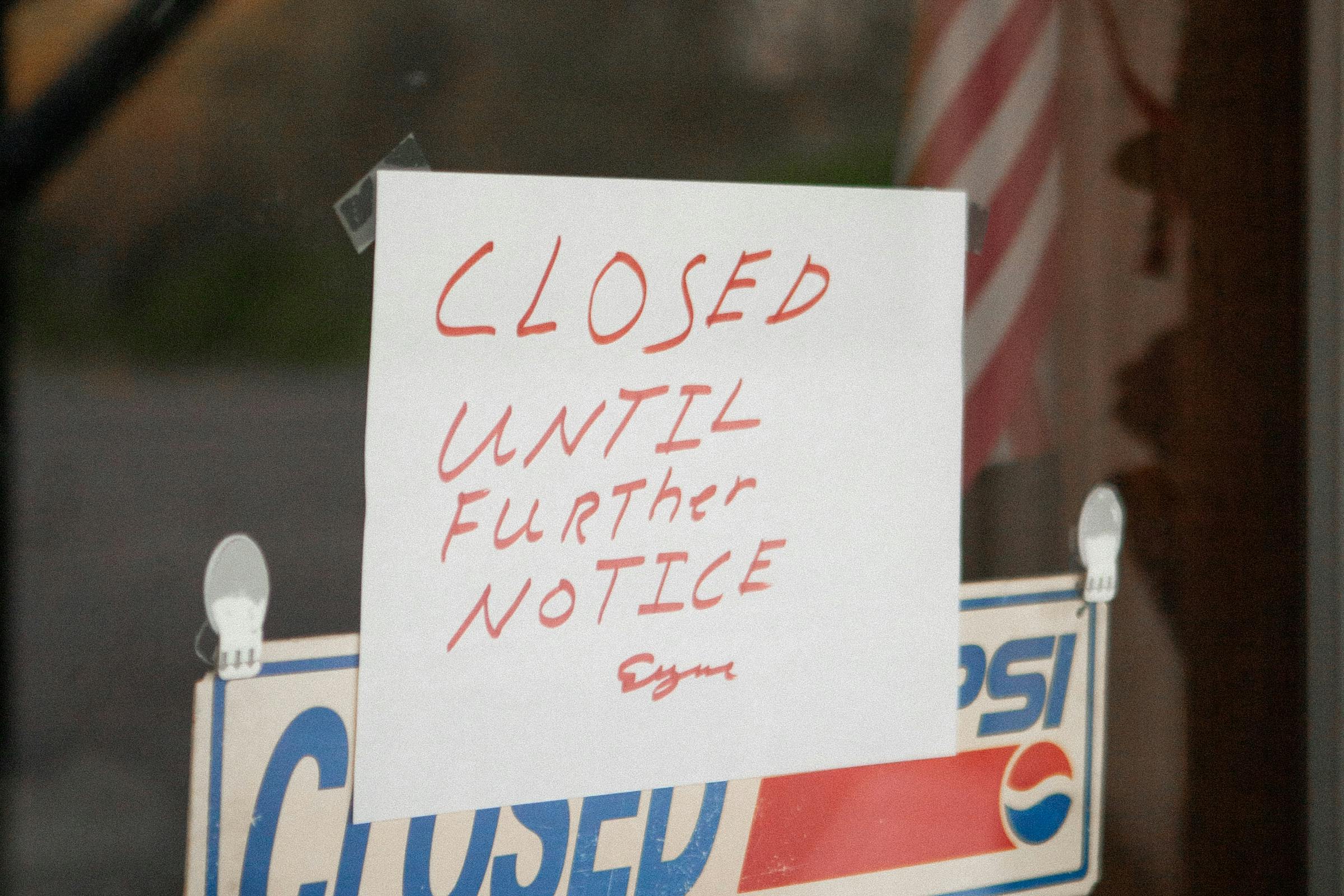Post-Pandemic Issues in Processing
Before COVID hit, processing a visa or green card application was already a timely endeavor. Much of the application process involves filling out paperwork, waiting for it to get reviewed and approved or denied, and then moving on to the next form. Background screenings are also time-consuming, yet ensuring that each person coming into the US isn’t a threat to the native citizens is something that can’t be rushed.
But once COVID hit, months of paperwork processing sat untouched, and in-person interviews were canceled with no promise of a rescheduled appointment any time soon. All of these applications were piling up, and when the doors reopened, USCIS officials had to complete the backlog of applications plus the new petitions arriving daily.
As USCIS worked to get caught up, they were also dealing with changing legislation between the Trump and Biden Administrations and obsolete technology hindering their progress. The results of these challenges meant a longer wait time, a larger backlog, and an ever-expanding list of applicants.
What USCIS needed to solve many of these issues was a bigger budget, and they’re hoping to get that with a request for the first rate increase since 2016. If that’s approved, USCIS is predicting some changes to their immigration processes, including those listed here.
Let’s Start With the Fee Increase
An across-the-board fee increase is in the works, but those who will notice it the most are H-1B and green card applicants. It’s likely that the increase won’t take effect until 2024, but the final ruling should be in place by the end of 2023. However, this fee increase is tantamount to the next USCIS predictions. With it, the agency will have the funds they need to hire more staff, improve the infrastructure of its centers, and increase the overall efficiency of the application process.
It’s easy to look at the fee increases and see how they could generate up to one billion dollars in additional revenue each year:
● Lottery registration for the H-1B would go from $10 to $215 for each applicant,
● H-1B fees would increase from $460 to $780,
● L-1 fees would increase from $460 to $1385,
● Adjustment of status fees would change from $1760 to $3500,
● An additional Asylum Program fee of $600 would be implemented, and
● An increase in total fees for essential forms I-485, I-765, and I-131 would rise from $1225 to $2820.
If you have any strong thoughts or suggestions, you may submit your comments to USCIS through early March 2023. USCIS will review these comments and consider them before releasing their final ruling.
Dates Are Moving, But Slow
Right now, USCIS is still using outdated technology, and centers, Embassies, and Consulates are understaffed. The backlog of COVID-delayed applicants is mostly caught up, helping move cases forward, but this remains slow.
For instance, in India, the EB2’s Final Action Date has barely moved at all due to delays in 2022 and an overwhelming increase in applicants for H-1B and other employment-based visas. Movement should be noticeable in the second half of the year, but again, it will be minimal until USCIS has the capacity to reduce the backlog of new applicants.
USCIS’s cycle time goals are also moving ahead, but they predict these goals won’t be met by the end of the 2023 calendar year. Every type of visa and green card category remains in a backlogged state, and with the challenges USCIS is trying to fix with the fee increase, it will be difficult to get through the backlogs and onto recent applicants. The hope is for these goals to be met or exceeded in 2024 with the help of additional revenue.
The Lottery for FY 2024 Will Be at an All-Time High
Registrations for the H-1B lottery system have always surpassed the allowable visa capacity. But the FY 2024 registrations are set to break all previous records, reaching over 500,000 applicants.
The registration window is set to open the first week in March 2023. The pattern of interest over the past years reflects a continued growing interest, projected to reach half a million applicants for FY 2024. Although the numbers are higher than ever, USCIS predicts only one lottery selection for the H-1B cap lottery, as was the case in FY 2023.
You’ll See More Premium Processing Options
The focus is on increasing USCIS’s revenue to expedite processing and improve the overall logistics of the agency. In the past, premium processing was the money-maker, and this will expand in 2023.
Now, those who opt for this service will see more choices to speed up the application review of their H-1B visas. These options will be pricey, as they’ve always been, but the added revenue will help USCIS meet its goals.
What’s Next?
Changes in the visa immigration landscape always mean a few extra challenges in an already complicated process. Navigating the paperwork with an immigration attorney is the safest and easiest way to obtain your visa or green card successfully.
At Visa2US, we’ve helped countless people like you connect with foreign workers or US employers to sponsor their H-1B visas. Let us guide you as the legislation changes and fees increase. With our team of legal experts on your side, your H-1B petition and application have a greater chance of success!














